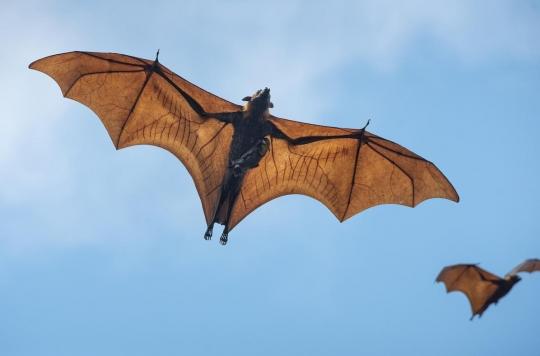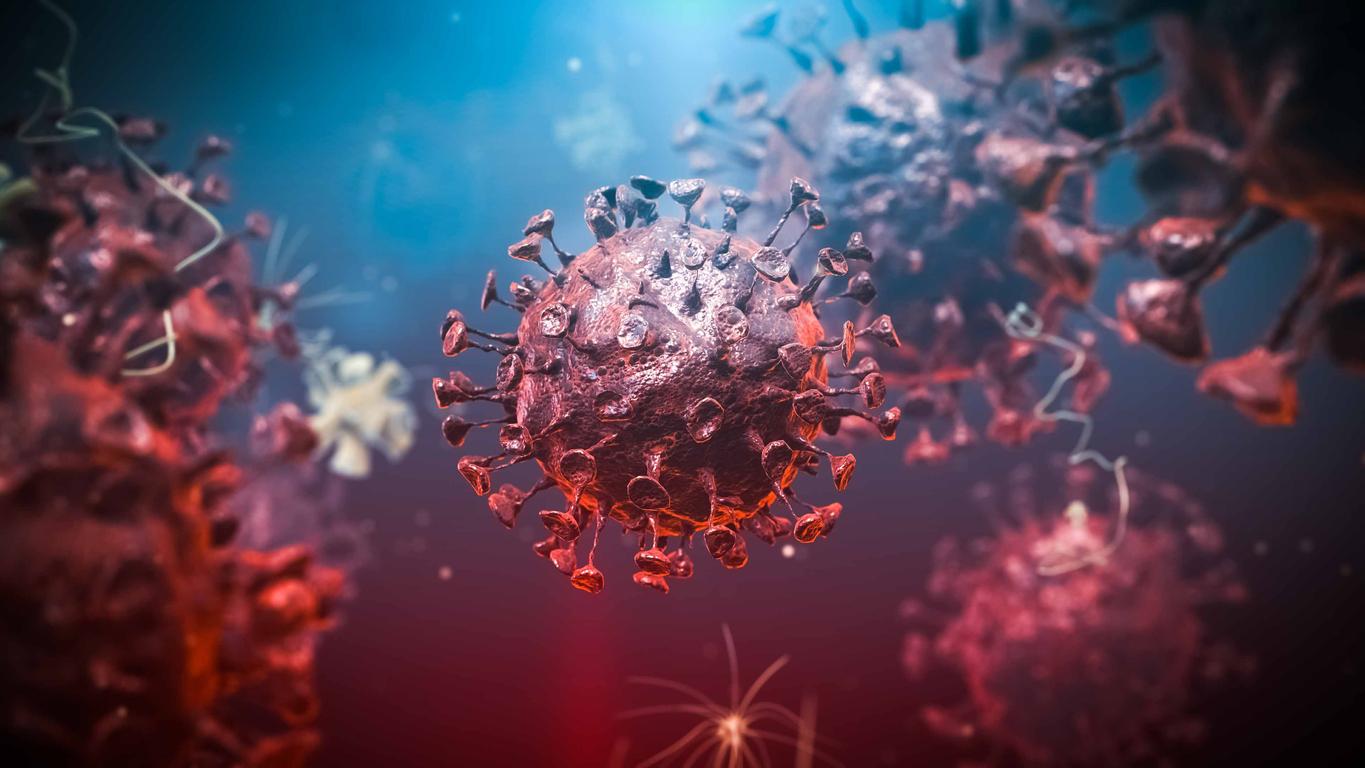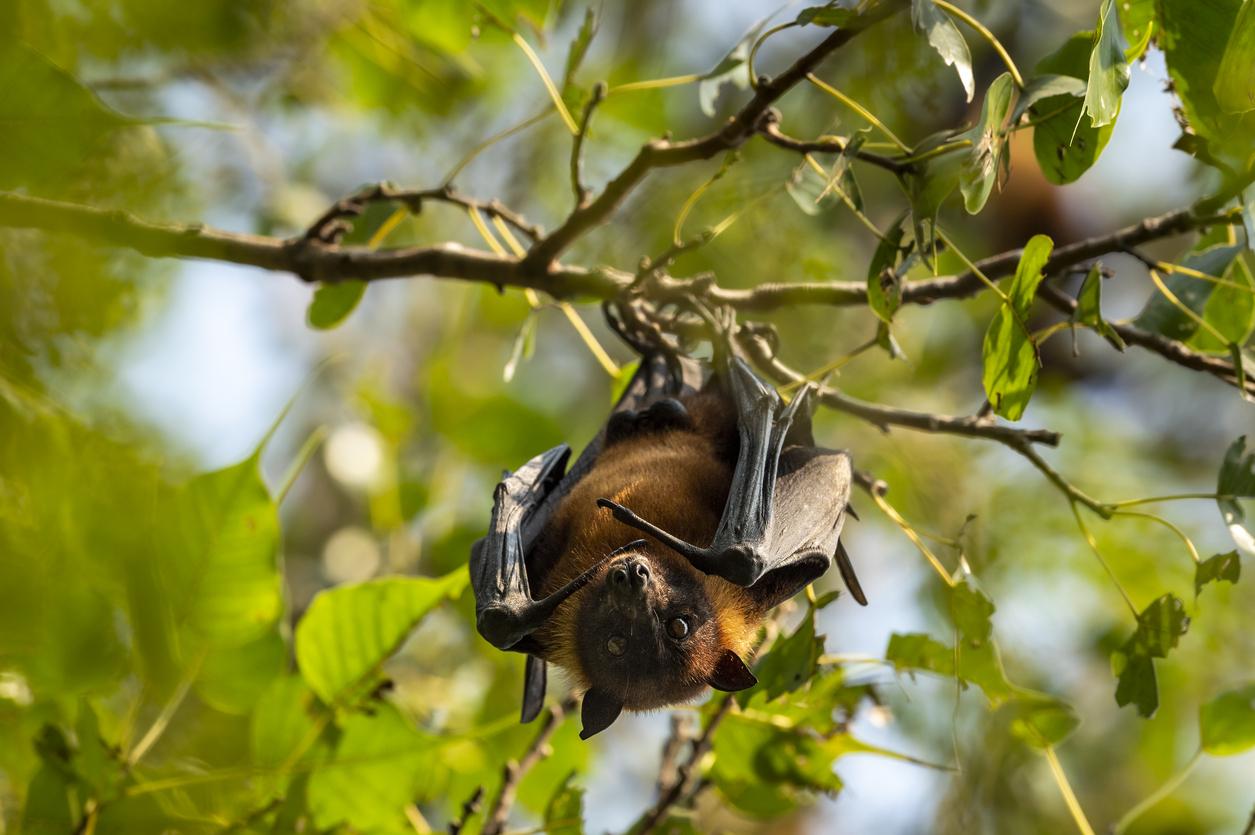A team of international researchers suggests that the SARS-CoV-2 which causes the pandemic has been circulating in bats for more than 40 years.

- Following numerous recombinations of which coronaviruses are fond, SARS-CoV-2 would have appeared in bats 40 to 70 years ago.
- The pangolin, which is responsible for transmitting the virus to humans, would only have acted as an intermediate host.
- Researchers suggest that future coronavirus pandemics could occur.
Laboratory, pangolins, bats or a combination of the two… The question of the origin of the coronavirus continues to arouse the curiosity of researchers around the world. An enigma that is all the more difficult to solve as coronaviruses have the ability to recombine, making the identification of its origin complicated. The researchers had to reconstruct the history of these recombinations to understand the path of the virus and its evolutions. They published their results on Tuesday July 28 in the journal Nature Microbiology.
The pangolin, a simple intermediate host
This work of reconstructing the virus and its metamorphoses has enabled the researchers to conclude that the lineage to which this coronavirus belongs differentiated itself from the others around 40 to 70 years ago. Whether SARS-CoV-2 is 96% genetically similar to RaTG13, a betacoronavirus from bats Rhinolophus affinis, originating in the Chinese province of Yunana and identified in 2013, it has deviated from it since 1969. The researchers also realized that SARS-CoV-2 shares with its parents a characteristic allowing it to bind to receptors at the surface of human cells. This discovery suggests that other viruses capable of infecting humans have long been circulating in Chinese bats.
In this story, the pangolin is missing, which would be the direct transmitter of the virus to humans. The latter would in reality only be an intermediate host. The study also suggests that the role of the pangolin is not essential for SARS-CoV-2 to be transmitted to humans and that the virus could very well have passed from bats to humans. Thanks to its properties, the new coronavirus has the ability to replicate in the upper respiratory tract of humans and pangolins.
Anticipating future pandemics
Researchers believe that the current health crisis will not be isolated and that potential future pandemics must be anticipated. “This won’t be our last coronavirus pandemicwarns Macej Boni, a biologist at Penn State University (United States), in a communicated.A much more comprehensive and real-time surveillance system must be put in place to bring this type of virus under control before the number of cases reaches 100.” The latter, as well as others, are campaigning for better sampling of wild bats in order to better identify future risks of contamination.
Potential new pandemics are linked to our lifestyles. As noted The Conversation, the proliferation of breeding activities not far from areas dedicated to the protection of nature increases contact between wild and domestic animals. The boom in human demography, which leads to the reduction of natural environments, and the intensification of livestock farming near urban areas have increased the risks of interspecies transmission. A recent example concerns Japanese encephalitis in Southeast Asia which is due to the combination of increased irrigation of rice paddies, animal husbandry and human demography.

.















